The Dangers of Sloppy Immigration Journalism
A recent New Yorker piece opens in a helicopter patrolling the border between Texas and Mexico. “We got four bodies headed north,” a border patrol agent says. “Behind you, six bodies,” says another. These are agents patrolling one of the most militarized, mythologized, and violent borders in the world – and it’s agents like them, as well as the politicians and policymakers that employ and direct them, who uphold the border’s ferocious reign. In their eyes, those crossing the perilous desert below aren’t, in fact, people but mere “bodies.” The border has a way of obscuring the humanity of the people who find themselves there – if one lets it.
Sadly, the New Yorker piece takes a similar dehumanizing stance, pinning the “chaos” and “unrest” at the border on the migrating people themselves rather than the policymakers and politicians who design, promote, and benefit from this chaos.
Of President Biden, Filkins, on the New Yorker Radio Hour, says, “His critics would say that he invited people in, and that’s pretty strong language, but it’s not inaccurate.” This line of thinking woefully misrepresents the facts: asylum seekers present themselves at or cross the border into the United States in search of protection, not because a single president invited them but because international and domestic law ensure them the right to seek protection. Yet Filkins’ suggests that “…this moral imperative has created an administrative impossibility.”
But this is not how laws work, and asylum happens to be law, not merely a matter of administrative possibility or impossibility. Moral imperatives do not hinge on administrative convenience.
As other journalists, politicians, and even advocates often do, Filkins invokes the tired language of a “broken” US immigration system. “There’s not enough border patrol agents on the border,” he writes, “there’s not enough immigration judges to hear cases – the whole system is overwhelmed, a system of gigantic bottlenecks.”
The bottlenecks he speaks of do indeed create administrative delays of absurdist proportions. Still, these don’t benefit immigrants seeking safety, as he suggests (“Once a person gets into the country,” he says, “they’re in for a good decade because they can appeal their case, and it will sort of go on forever.”) Rather, these logjams leave asylum seekers and other migrants in a protracted state of instability.
Anti-immigrant policymakers benefit from these administrative delays, for they traffic in the cynical calculation of making the process long and complicated enough, and people will simply give up. Many do. Meanwhile, private companies profit financially for every night a person spends in federal custody.
The immigration system’s backlogs and administrative delays aren’t just unavoidable happenstance of an “overwhelmed” border, as Filkins seems to suggest. Instead, they are the intended and unintended results of priorities and choices designed by some to limit access to due process, provide political cover, and bludgeon their political opponents in the field of electoral politics and fundraising. But Filkins fails to deconstruct and examine this unwieldy system meaningfully. Instead, he blames the numbers of migrants, those “bodies,” and thus the migrating people themselves.
At ILD, we witness daily how the immigration system, rather than being “broken,” functions extraordinarily well in methodically denying access to due process as a primary means to keep all those “bodies” out.
The notion he puts forth that people step foot on US soil and get to stay here for years and years while pursuing their cases flouts the facts. Only 37% of people in removal proceedings are able to find an attorney – and only 14% of people locked in immigration prisons do. (He makes slight mention of this in his piece but practically only in passing, given the magnitude of this injustice; imagine, for instance, a US criminal system in which only 14% of incarcerated defendants were represented.)
Filkins points to data reflecting that half of all asylum claims that make it to a final decision are denied as evidence that the former administration was “not necessarily wrong” when they insisted migrants were putting forth insupportable claims. But he fails to connect the dots to the experience of Paul Lee, a lawyer at Steptoe & Johnson in Washington, who told Filkins that many asylum seekers with compelling stories of persecution fail because they are forced to argue their own cases. “I have seen children - six, seven, and eight years old – have to stand up in front of a judge,” Lee told him.
Without legal counsel, asylum seekers’ odds of winning their case are slim. Data from the Niskanen Center shows that for those without representation, only 1 in 10 claimants ultimately win their asylum case. In contrast, those represented by counsel are at least three times more likely to have their claims approved. Even so, Filkins concludes that the denial rate of 50% of all asylum claims suggests asylum seekers are putting forth insupportable claims rather than simply lacking representation and are not afforded the due process needed to win their cases.
ILD’s work focuses on fighting for each individual client within a deeply unjust system while simultaneously working to dismantle the system that creates these inhumane conditions in the first place. To upend the brutalities of the US immigration system – from the horrors of immigration detention to the unconscionable administrative delays to the long odds of simply finding a competent, affordable lawyer to the brutishness of border enforcement – requires an unflinching eye unwilling to look away in the face of this deeply troubling system, as well as the mythologies underpinning it.
This is why we all need rigorous immigration journalism.
Filkins isn’t alone in his fundamental misunderstanding and facile treatment of what’s happening at the border. Still, his work, given his platform, perpetuates deeply harmful, downright preposterous, and morally wrong mythologies. What he calls anxieties around the border are, in part, a creation of storytellers like him – and serve as useful instruments to further divisive, racist, anti-immigrant narratives.
